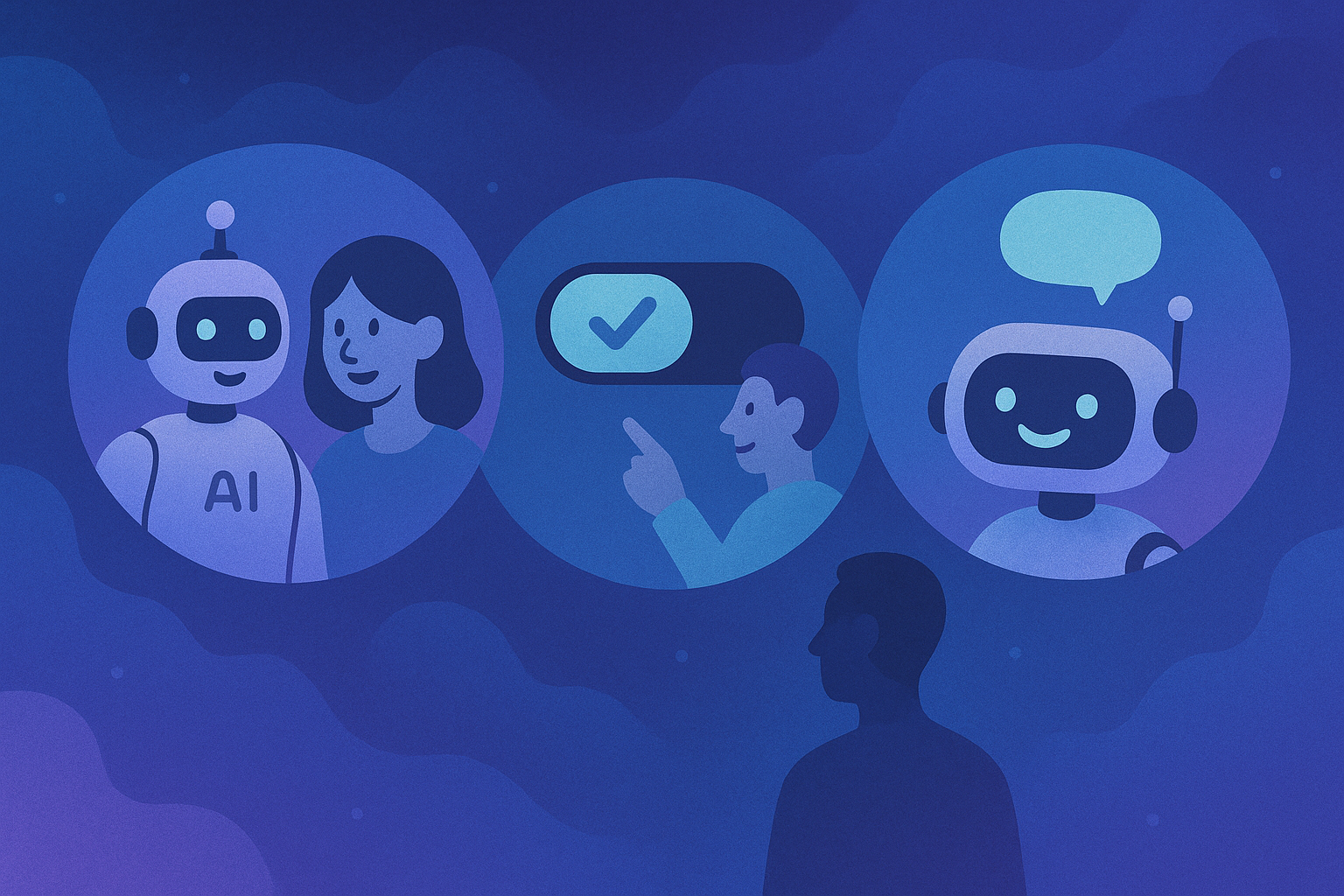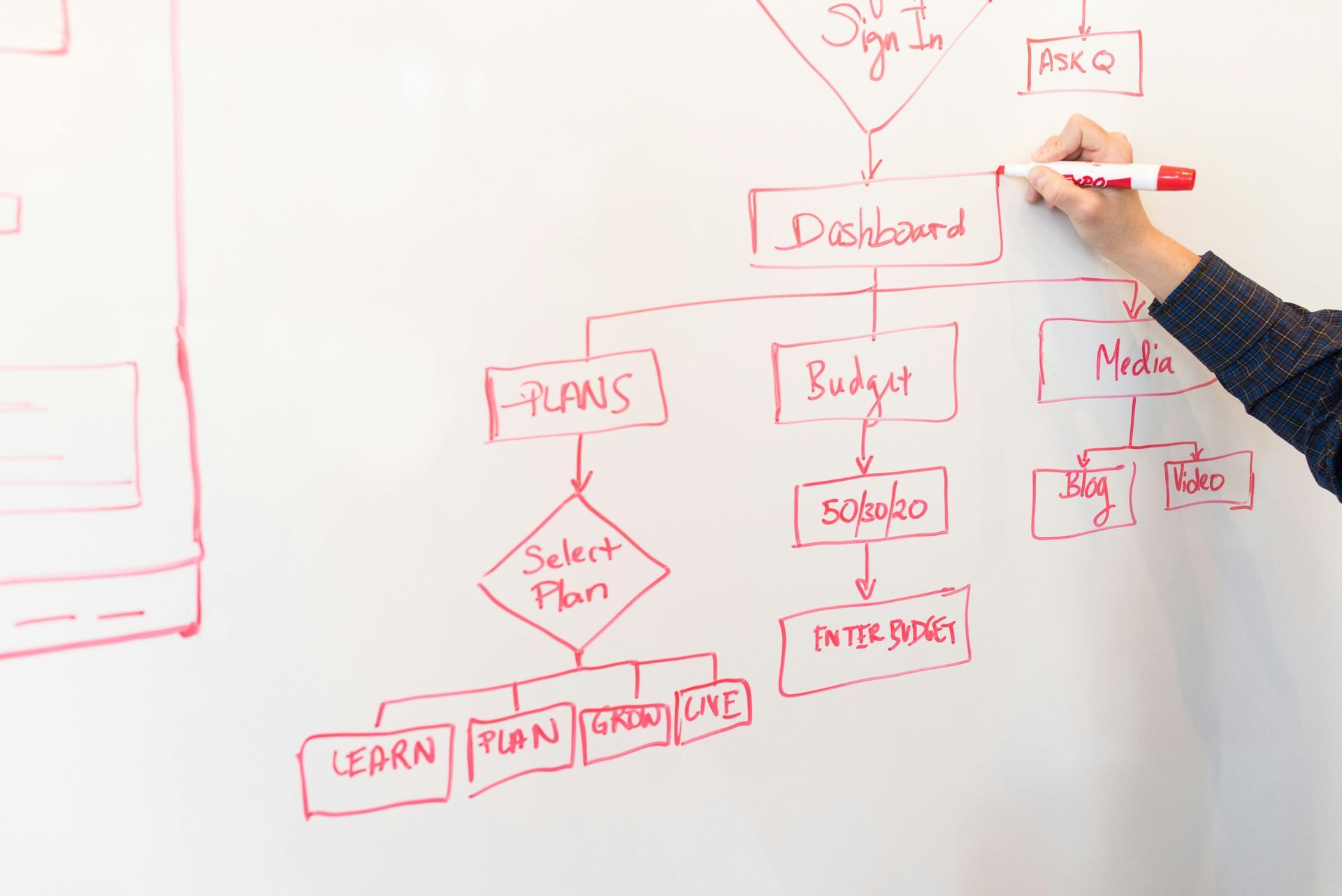My Twins Crashed a Medical Check-In System in 30 Seconds
So remember me? The cat lady who finds UX lessons everywhere? Well, this week I learned that my 13-year-old twin daughters are apparently living, breathing edge cases that can crash any system not designed for the beautiful chaos of real life.
Picture this: routine blood work for both girls at one of those big lab facilities. Same doctor's orders, same appointment time, same mom dragging them there on a Saturday morning. Should be simple, right?
I walk up to this fancy digital check-in kiosk. You know the type - all touchscreen and "Please enter your information to streamline your visit!"
First twin steps up: "Enter patient's last name and date of birth."
Easy. Morley, January 15th.
System: "Welcome! Please take a seat."
Second twin's turn: "Enter patient's last name and date of birth."
Same info: Morley, January 15th.
System makes these confused beeping sounds.
Screen: "Patient already checked in. Please see reception."
The guy at the front desk looks at my girls, looks at his screen, then looks back at my girls like they're some kind of medical anomaly.
"The system thinks they're the same person," he says, clicking around frantically. "It can't process two patients with identical last names and birthdates."
I'm watching this poor guy spend 15 minutes trying to manually override a system that had apparently never considered the existence of twins. He had to call IT support. For twins. In 2025.
My daughters just stood there like, "Mom, why is this taking so long?" Meanwhile I'm thinking about all the times I've seen this exact scenario in software I've designed.
Twins aren't exactly rare. There are about 110,000 sets born in the US every year. But somebody designed this system assuming no two patients would ever share a name and birthday. Classic edge case oversight.
The receptionist ended up creating a workaround by adding "(Twin 1)" and "(Twin 2)" to their names in the system. My daughters didn't need to change anything about themselves. The technology needed to get smarter.
And that error message? "Patient already checked in" told us absolutely nothing useful. Something like "Multiple patients found with this information. Please see reception for assistance" would have saved everyone confusion.
I guarantee this system worked perfectly when the development team tested it with made-up patient data like "John Smith, June 1st" and "Jane Doe, July 2nd." But real families are messier than test data.
Whether you're building a SaaS platform, mobile app, or booking system, you're probably designing for the 80% of normal use cases. But that other 20%, the twins, the people with one name, the customers who want to do things slightly differently, they're not bugs in your system. They're features of being human.
So here's what I ask myself now when I'm designing anything: What happens when users enter unexpected but totally valid data? Have I tested with real people doing real things, or just perfect test scenarios? Do my error messages actually help users figure out what to do next?
Both girls got their blood drawn (they're fine, thanks for asking). The receptionist was actually really sweet about the whole thing and handled it with humor. And I got another great story about why good UX design means planning for the beautiful, chaotic reality of how people actually live.
Next week I might tell you about the time my soccer kid taught me everything about user preferences by completely customizing her cleats, or maybe what happened when I let my Irish dancer redesign our candle website navigation.
I've got 25+ years of designing digital products, but my best insights still come from watching real people navigate real life with all its wonderful complications.








